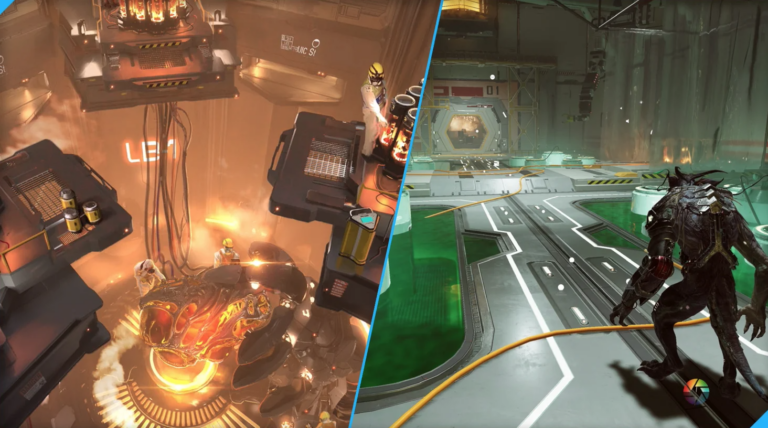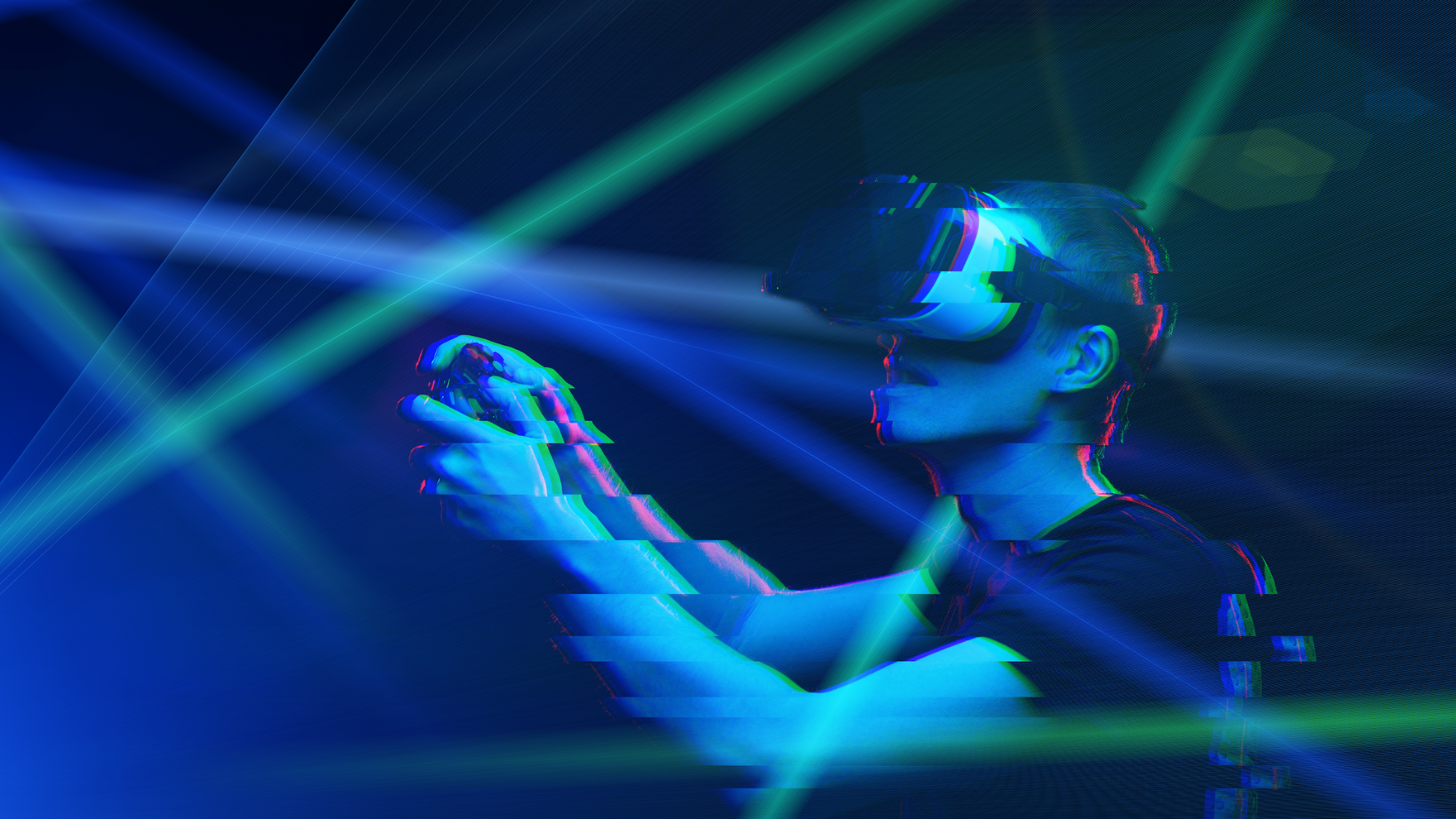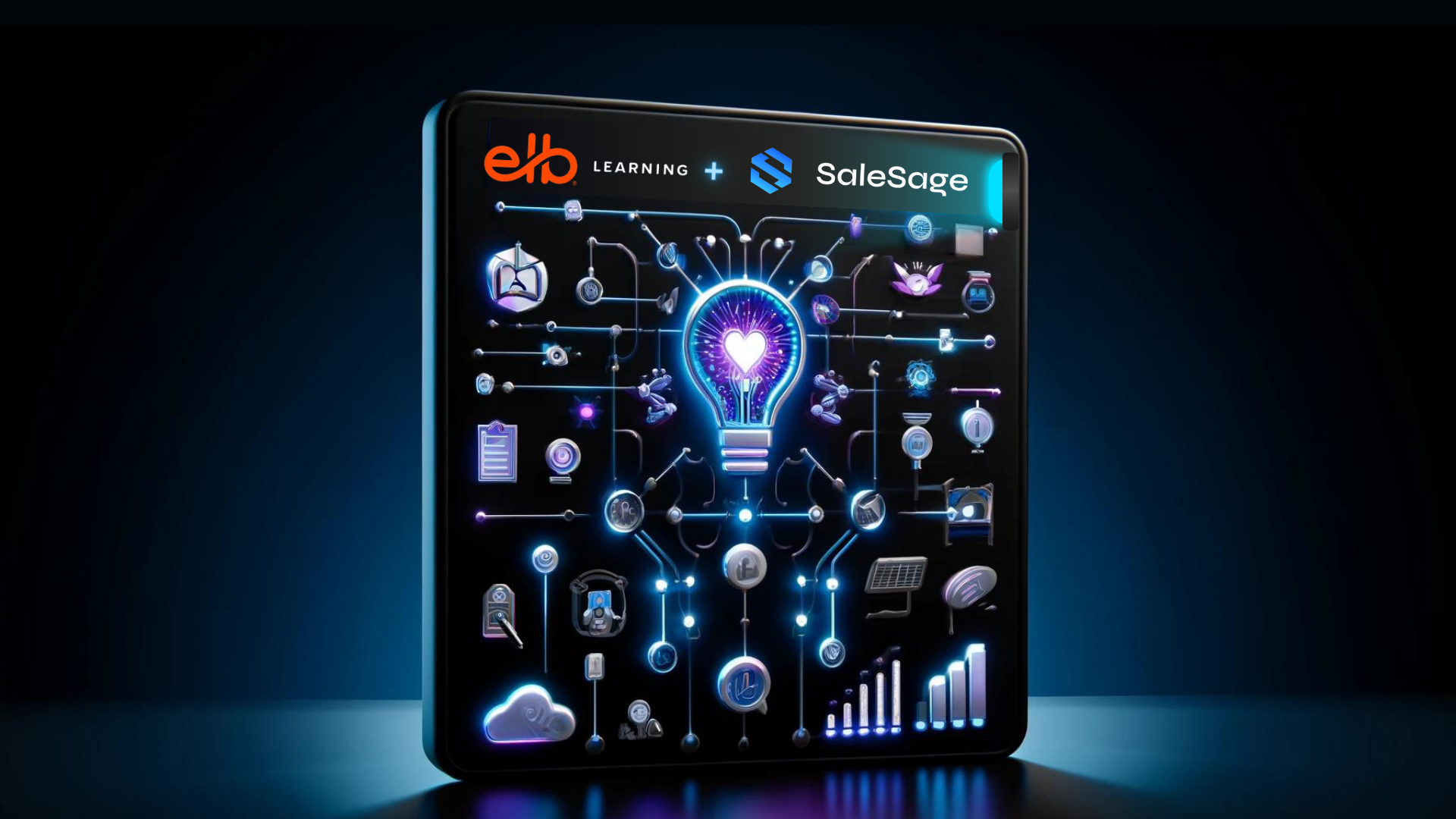On January 15, 2009, shortly after takeoff, US Airways Flight 1549 lost all engine power. Unable to reach an airport for an emergency landing due to low altitude, pilots Chesley “Sully” Sullenberger and Jeffrey Skiles successfully landed the aircraft in the Hudson River.
The event, which saw all 155 people on board rescued by nearby boats with minimal serious injuries, etched itself into aviation history. It became known as the “Miracle on the Hudson.”
When Captain Sully was asked about the scenario, he shared that his actions came rather automatically to him because he had practiced them over and over again in a flight simulator. In the eye of the storm, Captain Sully didn’t conjure up an innovative solution through quick, on-the-spot judgment. Rather, he executed what he had been drilled to do, transforming an immersive scenario into a real-life rescue.

This incident underscores the transformative power of immersive learning systems. The right environment for learning and practice can, quite literally, mean the difference between life and death. It emphasizes that quality, not quantity, of training is paramount, as repetitive yet subpar training could spell disaster in critical situations. The marriage of quality training and immersive scenarios, on the other hand, equips individuals with the skills necessary to navigate real-world crises with precision and confidence.
Immersive learning in industry
Many of today’s largest organizations are already using immersive learning and training with Augmented Reality, Virtual Reality, and Mixed Reality solutions. The use of VR, AR, and MR technologies was expedited by the pandemic, with at least 93.3 million AR users and 58.9 million VR users. These technologies share measurable benefits such as lowering the cost of training, reducing trainee risks, saving resources, and creating more accessibility. We will explore these potential benefits, but keep in mind—the biggest benefit that comes out of any training program, immersive or traditional, is true behavior change.
- Using 360-degree virtual representations of gameplay, quarterbacks improved decision-making by 30% and made those decisions one second quicker
- Farmers Insurance saves $300,000 annually in reduced travel costs by training accident investigators in virtual reality
- Stanford University and Technical University Denmark found learners using virtual teaching methods resulted in a 76% increase in learning effectiveness compared to traditional training
- Honeywell improved skill retention from 30% to 80% after three months of VR
- Lowe’s found that customers had a 36% better recall compared to video for home improvement tasks
- United Rentals shortened a weeklong training program by half with VR
- Almost 9 out of 10 participants reduced their fear of heights with VR
What is fidelity?
Immersive learning systems are pioneering a new frontier at the intersection of education, training, and advanced technology. Instead of adhering to the tried-and-tested, traditional methods of learning, these innovative systems are charting a new course. Immersive learning plunges learners into environments that mirror real-world scenarios so closely, they can be almost indistinguishable from the actual experience.
Fidelity in an immersive learning environment is the degree of correspondence between objects, conditions, and interactions experienced in the learning environment versus those experienced in real-world conditions of interest.
A readily accessible example of an immersive environment is in our everyday entertainment – virtual reality (VR) video games. The common knowledge of VR often stems from these high-fidelity, hyper-realistic gaming experiences that can cost anywhere from tens to hundreds of millions of dollars to develop. These games generate massive amounts of revenue, so this level of fidelity makes sense. However, most of the time when creating training, this level of fidelity is not only unnecessary, it’s impractical.

Investing in immersive training creation can be a balancing act. On one hand, under-investing could yield a training environment that fails to engage learners or impart essential skills effectively. On the other, extravagant spending might result in an ultra-high fidelity, Hollywood-style production that, while visually breathtaking, doesn’t necessarily enhance learning outcomes and may prove to be unnecessarily costly.
So, the critical question is – where should you prioritize your investment to construct an effective immersive learning environment?
Fidelity in immersive learning systems
In the realm of fidelity, two primary categories generally emerge: physical and behavioral. The concept of ‘selective fidelity’ in your immersive learning environment necessitates an initial understanding of these two types. Establishing this baseline allows us, as well as our clients and stakeholders, to strategically apply fidelity to maximize effective learning and our budget.
Physical Fidelity
When having any experience in an immersive environment, the first thing you may notice is the visuals. How realistic are the representations of the items? How much detail do they have? Next, you might notice how comprehensive the environment is versus what you’d see in the real world. How close does it come to what you would expect to see? As you start to move around, you would notice the visual resolution and the speed at which it updates.
This is all physical fidelity. It is defined as “The comprehensiveness and realism of visual objects, environmental conditions, and auditory sources featured in the learning system.” So that means in addition to what you see, the other senses are just as important. In lots of learning situations, auditory input is a significant source of information. Tactile and haptic feedback are also an important part of the physical fidelity of some systems.
In Hollywood-level immersive experiences, there is a high level of physical fidelity. In most basic training VR environments, there is a low level of physical fidelity. But these are not the only fidelity-related considerations to make when creating a training program in an immersive environment.
Behavioral Fidelity
The contrast to physical fidelity is behavioral fidelity. This is the fidelity of what people actually do in the learning environment. In a single immersive learning experience, you can be experiencing both high and low behavioral fidelity at the same time.
The dimensions of behavioral fidelity were developed by Dr. Dennis Folds, Problem Solutions Chief Human Systems Scientist. Each of these dimensions has its own level of fidelity in an immersive learning system.
- Sensory fidelity: Correspondence of the visual, auditory, and other sensory inputs created in the learning system with those encountered in the real-world conditions of interest (i.e. the live environment)
- Cognitive fidelity: Correspondence between the mental operations in the learning system versus the live environment (i.e. cognitive activities like identifying, remembering, calculating, comprehending, judging, deciding, etc.)
- Psychomotor fidelity: Correspondence between the responses generated by the human in the learning system versus the live environment. (What they do with their muscles i.e. gross or fine motor control, speech output, etc.)
Imagine if we tried to have high-fidelity representations of everything in a learning environment — visual objects, auditory sources, and objects that interact with hands and feet. We’d also have to create high-fidelity options for all of the different situations that may be encountered, and therefore, all of the cognitive things that might need to happen in response to those situations.
Imagine for a moment that we strive for the highest fidelity in every aspect of a learning environment — creating visually impeccable objects, precision-tuned auditory sources, and interactive objects that feel almost lifelike to the touch. Now picture crafting high-fidelity responses for each conceivable situation, and therefore, all of the cognitive things that might need to happen to adapt and respond to these situations accurately.
It’s easy to see how rapidly this spirals, both in complexity and cost. If we were to integrate high-fidelity representations for each of these elements into an immersive learning environment, the cost would likely soar beyond affordability. Even if financial constraints weren’t an issue, the development timeline would be staggering. And even then, after the significant investment of time and money, one must question – would the learning outcomes warrant the monumental expenditure?
When we visualize it in this way, it becomes evident that going ‘all in’ on high fidelity across the board is not just impractical, it may not even be beneficial. Instead, we need to tread the path of ‘selective fidelity’, a strategic approach to prioritize the most impactful aspects of fidelity. This allows for a more sustainable blend of immersive learning experiences that aligns with budgetary guidelines and effectively achieves the desired learning outcomes.
The right kind of learning environment creates the behaviors you want to see in real-world conditions. The wrong kind of training won't produce the behavior you need in the transfer of conditions.
- Dr. Dennis Folds
Putting it all together
Understanding the foundations of fidelity in an immersive environment is key to the success of your training program. These core principles will significantly influence the resources, time, and effort required to shape a training program capable of instigating meaningful behavior change.
As we delve deeper into this intriguing domain in our upcoming blog, we will shed light on the concept of ‘selective fidelity’. Through real-world examples, we will illustrate how varying degrees of fidelity can be integrated into different scenarios. Most importantly, we will guide you on how to center your learner’s needs, strategically prioritizing aspects of fidelity to craft immersive learning experiences that are as effective as they are engaging.





